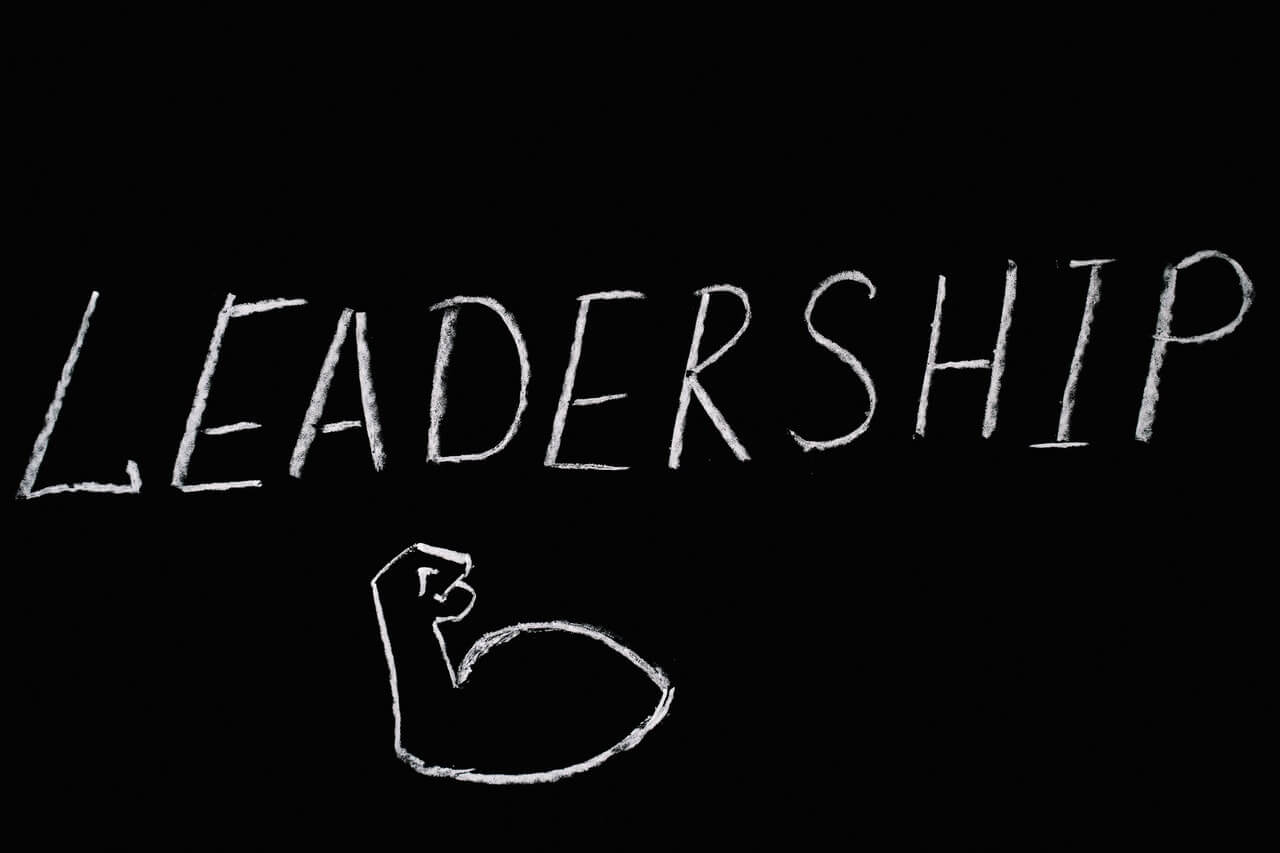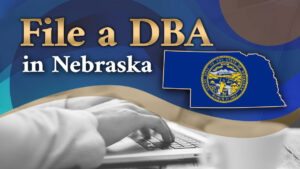This is a guest post from Steven R Roberts
Non-Profit Boards, charities, foundations must fight to establish a brand and a following. Therefore they must be led boldly or their missions will have little chance of being fulfilled. After chairing several non-profit boards, and being on a couple of for-profit boards, in the past twenty-five years, I believe the keys to leading effective non-profit boards are:
First, Board leadership must determine why members have joined the board. I’ve found that BOD members have two reasons for agreeing to be on a board; the first group has some degree of passion for the organization’s Mission and the second group, while willing to participate in board work, is satisfied that membership looks good on their resume and facilitates networking.
In appointing officers and developing committee assignments the chairman is well served to appoint those with a passion to the strategic planning, brand management, finance and goal setting tasks. The second group can be better employed in implementing the fund raising goals, managing event tasks and working on committees.
Secondly, members must be trained to rely on the committee system. By that, I mean the committees are the place for research, benchmarking other’s approaches and idea/program development. Committees must bring the answers and proposed actions to the board, not the questions. The questions existed before and that’s why the committees were created. It is very easy for the board (especially ones with eclectic business backgrounds) to dive into the details of the issue and discuss options other than the ones proposed[J1] . This usually results from a lack of thorough committee work or lack of training of the committee/board roles and leads to the board itself becoming a committee. This is counterproductive and doesn’t give the committee members a chance to grow in work ethic and leadership. Long, circular discussions at the board level by members who haven’t studied the issue are frustrating and the reason some good board members quit. “We talk forever and don’t get anything done” is the common refrain in board member exit interviews.[J2]
Thirdly, leadership must be bold and brave. The group’s brand must be aggressively established (Hey, we exist and here’s the reason.), as a means of increasing the understanding of the importance of the mission to board members as well as outside volunteers and donors. Time should be spent developing a clear Mission statement. The organization, profit or non-profit, needs a clear vision, one understood by board members and other supporters, donors and future board members. Leadership must also establish aggressive fund raising goals. Modest fund raising goals and the resultant modest projects don’t get much notice inside or outside the organization. It may be easier for the board members to each write a check and devote their energies to other pursuits.
Fourthly, once aggressive goals have been set, board leadership must train members to work harder (albeit in between regular work and other activities) than they do for their money earning regular jobs. They need to bring the power of their business training and potential networking opportunities to the effort. Many members will grow if they are given total responsibility for projects. Growing an individual’s skills and leadership capabilities is a gift that can be facilitated by giving them responsibility broader than that they have at work and in some cases letting them fail. This simple concept, which applies to for-profit work as well, is covered well in the book Flight of the Buffalo (1993) by James Belasco and Ralph Stayer, including many examples and ideas on how to successfully empower employees[J3] .
Finally, the fifth key to effective non-profit boards is that funds, especially early funds, must be spent on visible projects, those which will in turn be helpful in establishing the group’s brand and establishing the cycle of raising future funds.
———————————————-
Steve Roberts is a business consultant, board chair for the Dearborn (MI) Public Library Foundation – www.dearbornlibraryfoundation.com, and an author – www.steverroberts.com.
[J1]That is how they add value!
[J2]This is a chairman problem – it has nothing to do with the role of cttees which should be set in the Terms Of Reference or Charter) and everything to do with not making decisions.
[J3]Board members aren’t employees!
 Sections of this topic
Sections of this topic
















